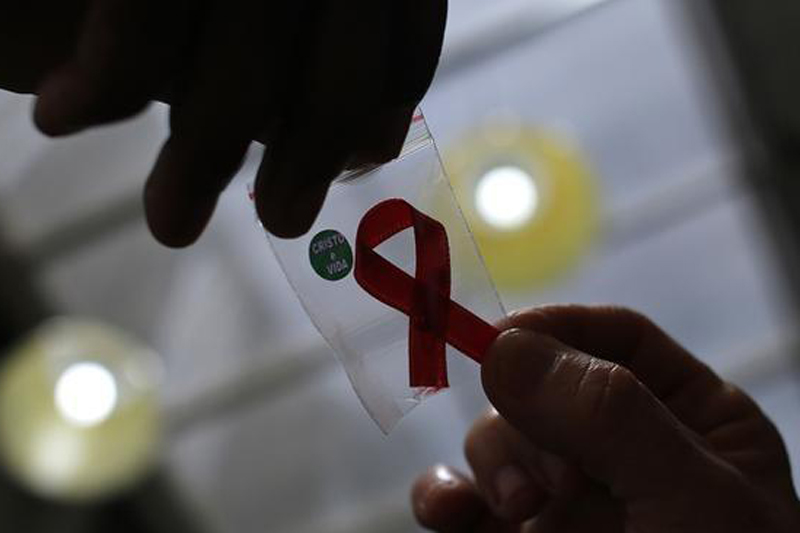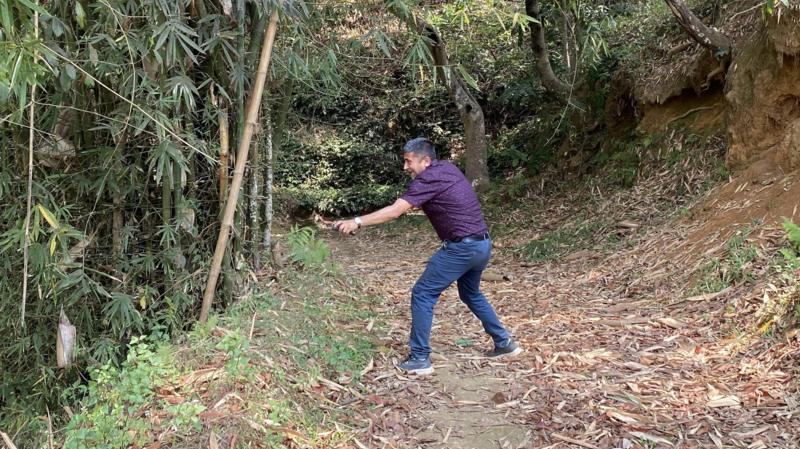Developing new antiretroviral (ARV) drugs and using technology for early diagnosis are among steps needed to sustain momentum in fighting HIV/AIDS and ending the disease as a public health threat by 2030. “The pace of scale-up has been particularly remarkable in eastern and southern Africa, the region most affected by the epidemic,” said the “Right to Health” report, released in Khayelitsha township, some 30 km from Cape Town. The number of people on treatment in the region surpassed all other regions combined in 2010 and presently accounts for 60 percent of all people on treatment. South Africa led the world with the number of people on treatment, at 4.2 million, followed by India, Mozambique and Kenya which have more than 1 million being treated.
UNAIDS said the worldwide expansion of ARV therapy was the main factor behind a 48 percent decline in deaths from AIDS-related illnesses, from a peak of 1.9 million in 2005 to 1 million in 2016. New first-line ARVs, such as dolutegravir, which cause fewer side-effects and suppress viral loads more quickly, will help countries such as South Africa save money and treat more people, Health Minister Aaron Motsoaledi said at the report launch. Last year a major milestone was reached, when for the first time more than half of all people living with HIV worldwide were accessing ARV therapy, said the report. But the disease, which attacks the immune system making the body more susceptible to illness, remains a significant killer.





